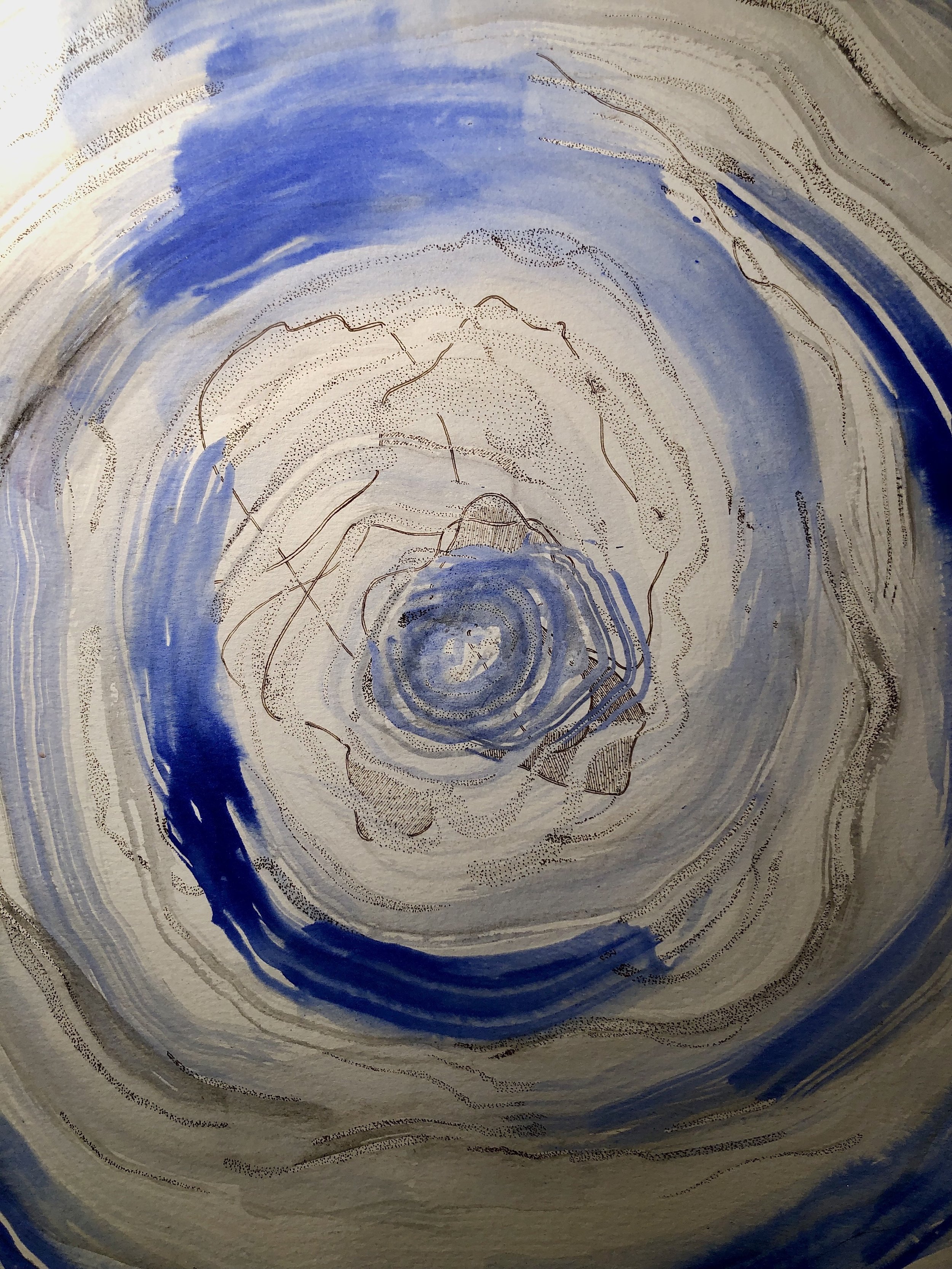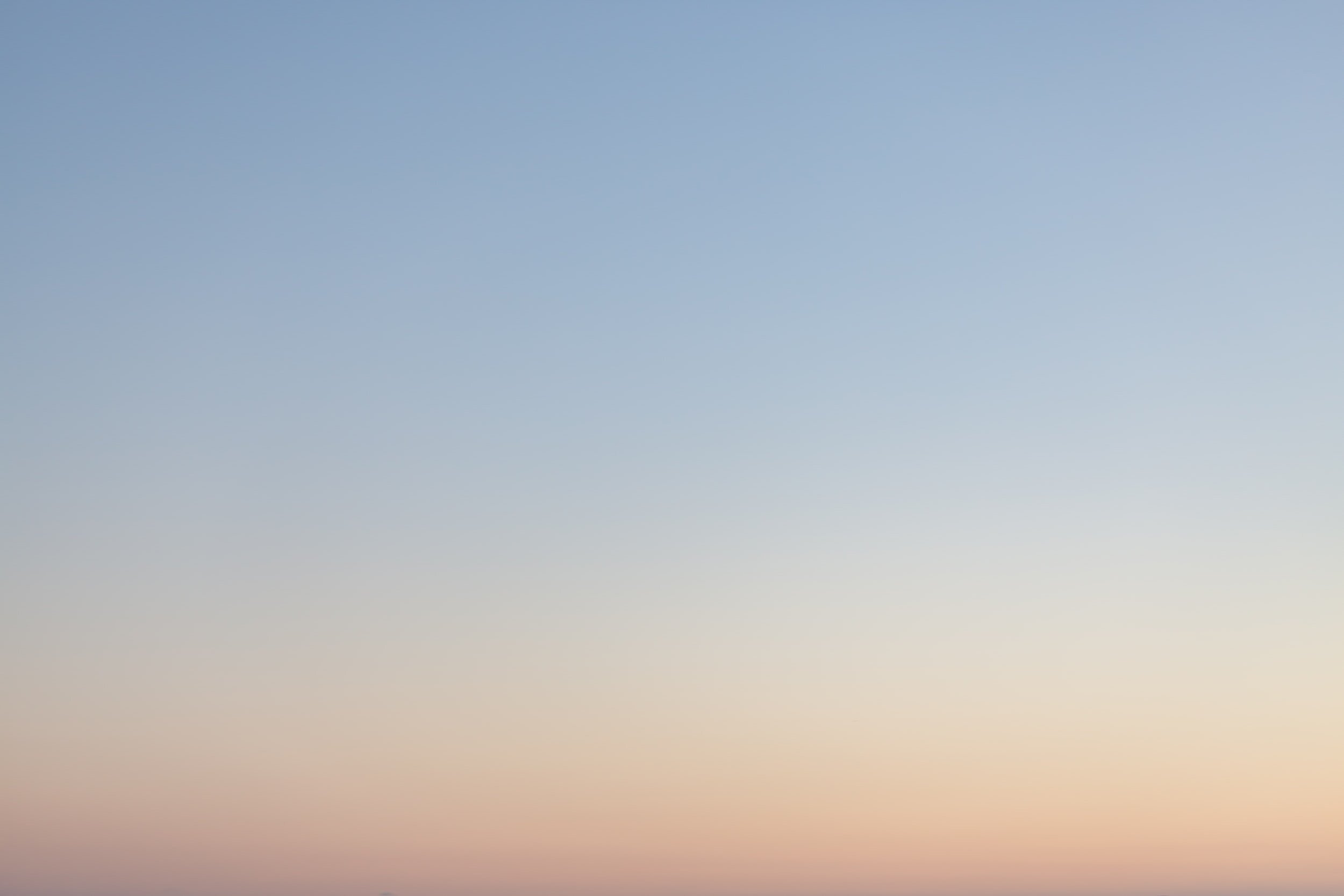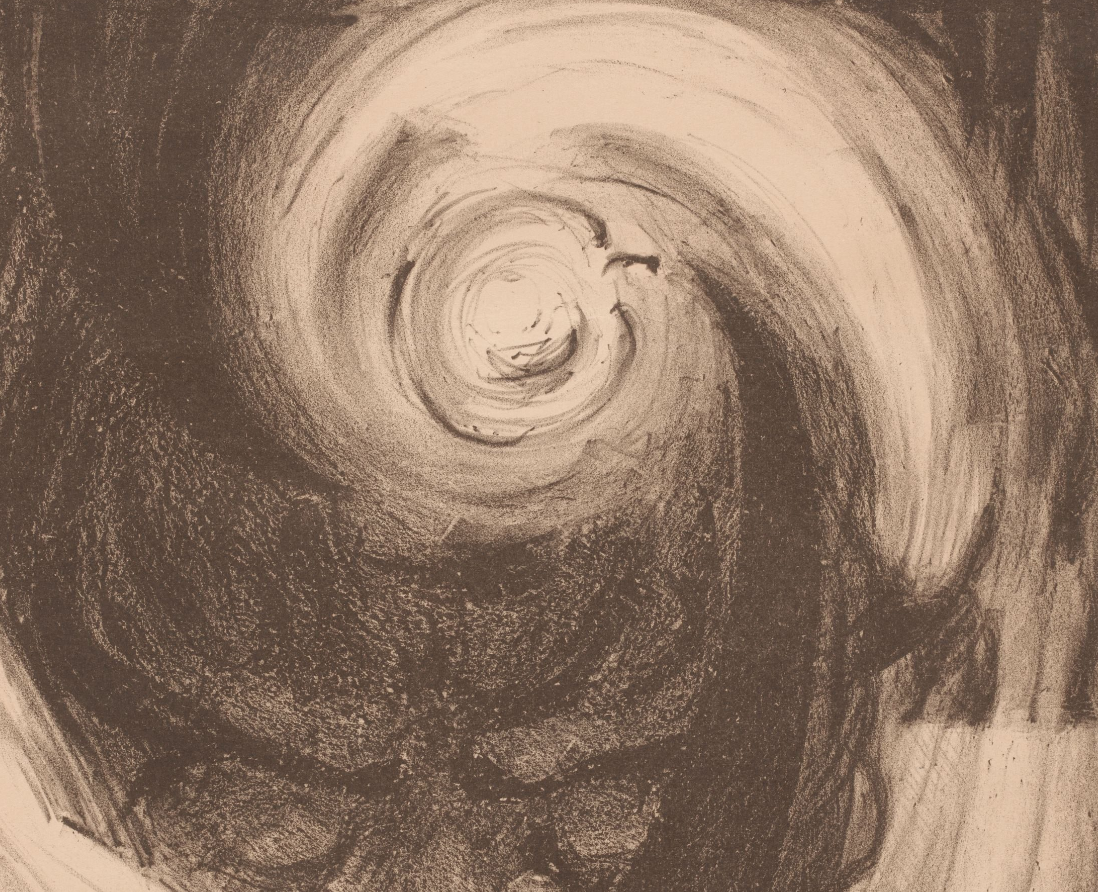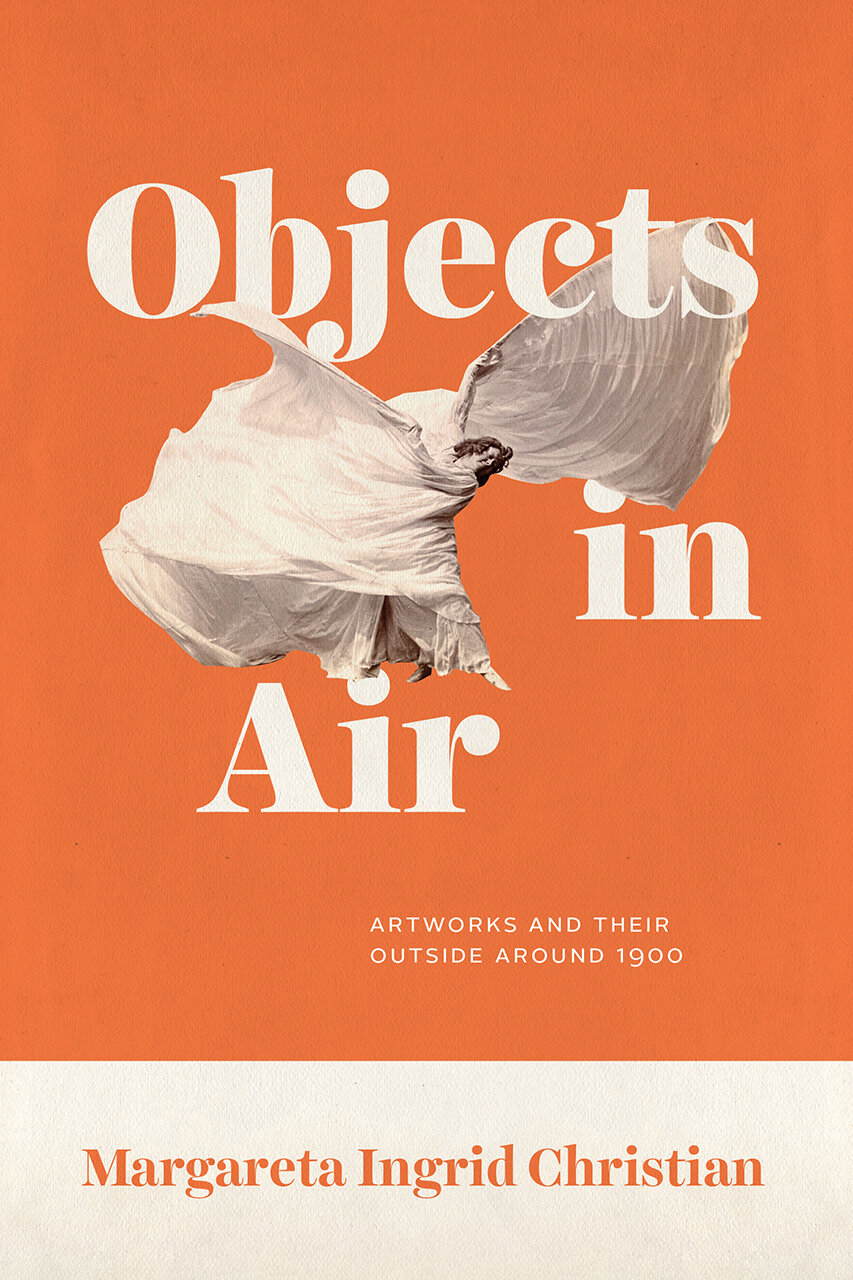
Venti Journal & Collective
Air — Experience — Aesthetics
A journal and collective focused on examining the effects and affects of air
About
In Italian, the word venti signifies both the number twenty and the winds.
Conceived in the year 2020, the journal is a forum for discussions centered on the year’s foregrounding of air, its related themes, and historical, interdisciplinary, and critical resonances.
The journal attempts to ask how we become aware of something invisible and of things that are always in the air, which is the air itself. Investigating this query in a series of thematic issues, Venti explores the indexical qualities of air and our awareness of it through effects and affects.
Index of Issues

Call for Submissions | “Atmospheres of Violence”
Venti Journal - Volume 3, No. 1 - Summer 2024 | Deadline: March 1, 2024
Please submit a 500-word abstract, a list of 3-5 bibliographic references, and a 100-word bio via this Google Form
Recognition of an atmosphere’s inherent relational capacity is coupled with the desire to control and operationalize; to parse, divide, and conquer. Even as the illusory fog of war is superseded by blatant acts of genocide and terrorism, we fail to sense how these engineered atmospheres of violence have long preceded their overwhelming, hyper-visible assemblages.
Historical and structural violence haunts and sutures so-called reality, binding the world together. Frantz Fanon named such violence “atmospheric.” (1963, 30) Often anesthetic in itself, atmospheric violence is rendered sensible by the ways in which it ceaselessly produces and circulates evidence of its existence: material and sensorial traces that gesture toward but never fully depict, its underlying and enabling conditions. To Fanon, such an atmosphere does not merely produce a bubble-like container delimiting colonized space from uncolonized, but as a pressurized atmosphere that then invades the body and “ripples under the skin,” breaking out sporadically as violence against the colonizer (1963, 31). It is fully invasive, and leaves no shred of flesh unattenuated by its violence.
Entitled ‘Atmospheres of Violence,’ this special issue of Venti raises questions such as: What perceptual, critical, and creative modes are required to not only apprehend atmospheric violence but to address it? Which practices might help to stall or stop its reproduction and repetition? How does one temporally order the emergence of an Atmosphere of Violence, and how can we think, feel, write, and make, as we perceive these atmospheres to be un-subsiding?
“Explication of the atmosphere is not a one-time operation,” Yuriko Furuhata ponders, recognizing that any description or criticism of a conditioned environment follows iterations of attempting to emplace boundaries on something inherently unruly (2022, 168). How might repeated explication help us to parse seemingly banal spaces—civic and institutional, local and global, biological and geological—as atmospheres of violence? Is there hope of care, reparation, and restoration amidst these atmospheres? This issue seeks to contend with the messiness of figuring an atmosphere of violence, from its inception to its conditioning of social life, to its reconstitution of subjects.
We welcome submissions contending with historical excavations of structural violence and its many iterations, genealogies of atmospheric and socio-technical control, the multi-pronged condensation of imperialist ideology, and the sensorial logics of colonial violence. We welcome all voices and interdisciplinary interventions ranging from art and media studies, literary studies, social sciences, visual art, and poetry/creative writing. We especially encourage contemplations on the long durée of atmospheric violence through the anecdotal, interpretive, and speculative.
Works Cited:
Frantz Fanon, “On Violence”, In The Wretched of the Earth, 30. New York: Grove Press, 1963.
Yuriko Furuhata, “Conclusion”, In Climatic Media, 168. Durham, NC: Duke University Press, 2022.

Featured
All Issues

Dedication
2020 has been host to multiple crises in the air. They are all too familiar by now: amidst global climate catastrophe, a virus that targets our lungs has affected lives, economies, and sharply refigured our social and political atmospheres. Simultaneously, the death of a Black man at the hands of the police has laid bare the conditions of austerity and violence that the United States’ racialized poor must endure.
Though having inspired many who believe in a future where people might one day be allowed to breathe easy, these tragedies continue to stifle the air of thousands across the globe. We take this moment to thank medical workers for their tireless efforts to heal us from a devastating pandemic; we thank those who continue to do the work and speak out, holding us all in bated breath for the change we know is yet to come. We also take a moment of silence to recognize and remember all those who have lost their breath in 2020.
It is to these people, and to those who love and continue to fight for them — for all of us — that Venti is humbly dedicated.
We recognize these events could neither be fully spoken to nor accounted for by a dedication. At its best, intellectual dialogue supplements and informs action. Venti, in its simple bid to think about the air, might be just one tool among many for weathering this tragic, tempestuous, yet hopeful moment.
As we continue to move through the topic of air, we believe it is our duty not only to mourn but to also derive inspiration.
from the archives
text (essays, creative writing, translations, & poetry)
image (visual art & visual poetry)
sound (musical environments & podcasts)
Air Beyond the Issues
Up in the Air
By now we have all written and read the phrase: we are living in uncertain times. Designed as a short forum for critical and creative discussion, ‘Up in the Air’ solicits three to five contributors to write a short response to a question. All members of the Venti community are welcome to participate.
These questions inevitably reflect the changing course of our daily experience and how we understand the world and its aerial surroundings. As such, we hope to ground this ever-changing, ephemeral conversation in airy matters.
Question Four
How can we recognize the variations of the wind? What are the affective capacities of wind? How can the wind and its capacities shape or otherwise act on narratives?
now accepting submissions
What our Editorial Board is reading:
Objects in Air: Artworks and Their Outside around 1900 is about artworks that continue beyond their material confines and about air as the embodiment of their continuity. It traces evocations of air within and without an artwork—evocations that cut across the separate realms of reference between artwork as image and as material object—in order to explore how the literature of art history thinks the artwork’s external space in the period. The book focuses on air as the material space surrounding an artwork, its “milieu,” “surroundings,” and “environment.” By looking closely at the linguistic efforts of the art historians Aby Warburg and Alois Riegl, the poet Rainer Maria Rilke, and the dance theorist and choreographer Rudolf Laban, Objects in Air investigates the artwork’s external space as an aesthetic category in its own right. It contends that air, the medium of continuity par excellence, is where artworks enact the permeable boundaries between art and life.
In its pursuit of unbounded form, Objects in Air rethinks entrenched narratives of aesthetics and modernism and recuperates alternative ones: thus, self-transcending art objects complicate the discourse of empathy aesthetics and its attention to self-projecting subjects; furthermore, works of art that stray outside their limits challenge the notion of the enclosed aesthetic form and, in particular, the modernist self-contained artwork. In its concern with the continuity between form and space, the book also invites us to historicize the immersive spatial installations and “environments” of Minimalism from the 1960s onwards and to consider their origins in aesthetics around 1900.
Margareta Ingrid Christian is an assistant professor in Germanic Studies at the University of Chicago. Her publications include “Telluric Poetics: The City and Its Natural Histories in Thomas Kling’s Poem “‘Manhattan Mundraum,’” (German Studies Review, 2020); “Air, Ether, Atmosphere: Space in Rilke’s Duineser Elegien,” (Oxford German Studies, 2020); “Wind: Turbulenzen der Zeit - Klimatographie in Robert Musils Der Mann ohne Eigenschaften,” (Phänomene der Atmosphäre, Metzler, 2017). She is interested in space in literature and the visual arts, intersections between literature, art historiography, and the history of science, and historical semantics.


Venti relies on donations to keep our journal running and to support our programming and projects. We appreciate all donations, no matter how small. Join our Patreon to donate monthly and receive special offers or make a one time donation through our website.
































